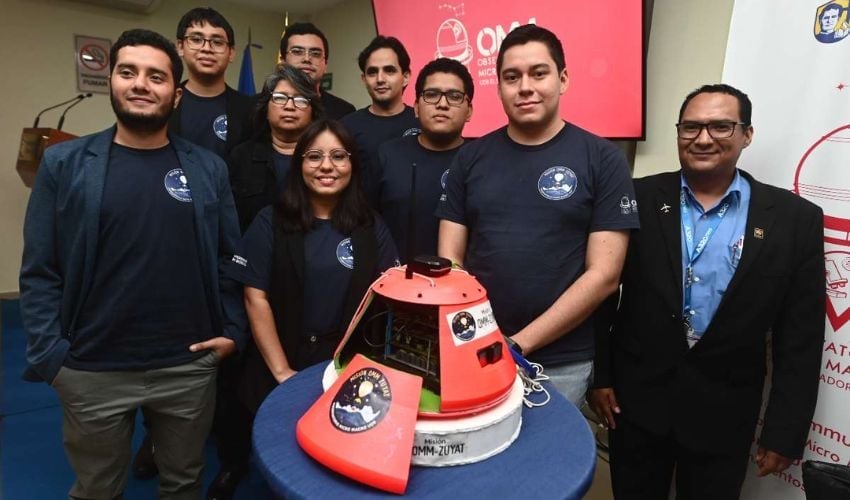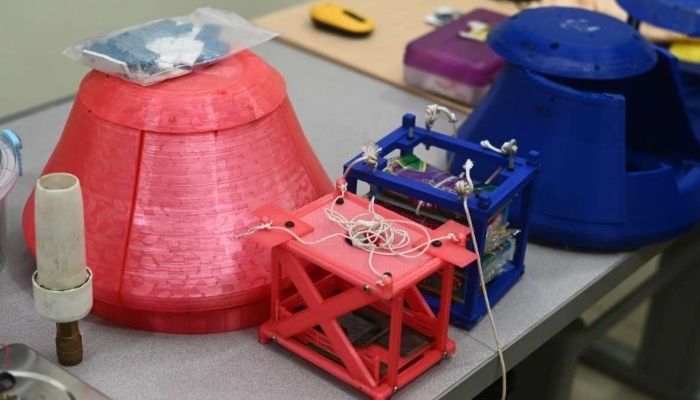El Salvador Deployed its First 3D Printed Stratospheric Probe

Don Bosco University in El Salvador has unveiled a project that puts 3D printing in the spotlight. Through the Micro Macro Observatory (OMM), the university presented the Zuyat mission, a project that successfully launched the country’s first stratospheric probe. The probe’s capsule was 3D printed and reached an altitude of 31.32 kilometers.
The capsule for the Zuyat Mission is inspired by the design of space capsules and is the result of years of research. The project began in 2021, when a group of students from the Astronomy Association participated in the NASA Space Apps Challenge and came up with the idea of turning high-altitude balloons into a research focus. This initial goal eventually evolved into a formal program within the university, which now celebrates the successful launch of the probe.

The 3D printed capsule houses an electrical system inside to transmit environmental data.
Earlier this year, the probe was launched and reached an altitude of 31.32 kilometers—about three times higher than a commercial airplane flies. Students and faculty from UDB’s Engineering and Aeronautics departments collaborated on its development. The capsule was designed and manufactured by Manuel Pleitez, an aeronautical engineer and professor.
During the project presentation at the university, he emphasized that this part of the probe was a major challenge, as it had to meet requirements such as system safety, resistance to low temperatures, and pressure tolerance. After an extensive study of materials and geometries, ABS was chosen as the printing material due to its durability. Thanks to this, the capsule withstood temperatures as low as –60 °C in the stratosphere.








